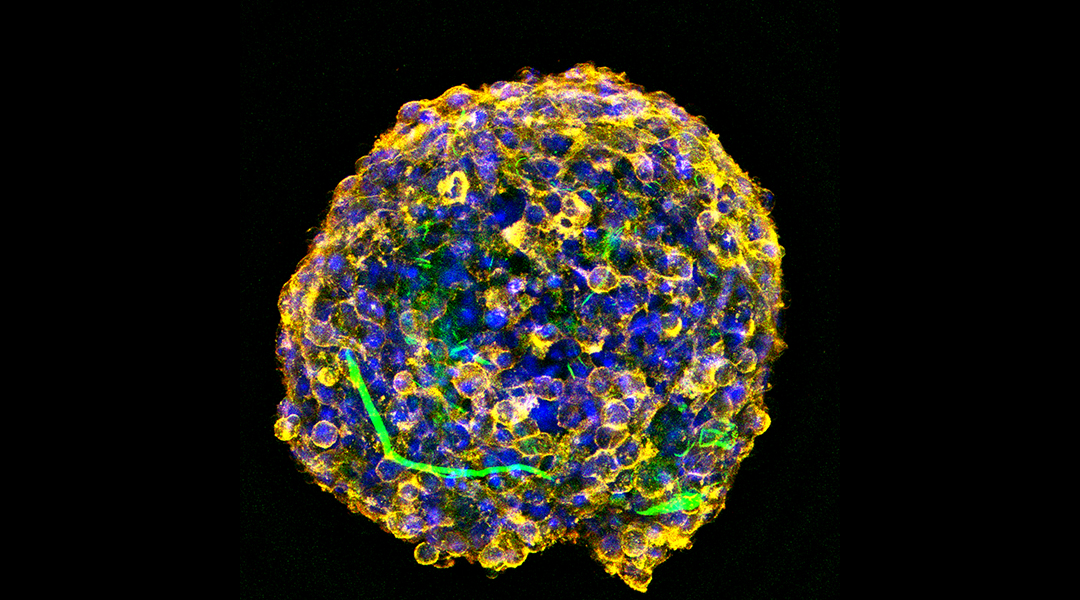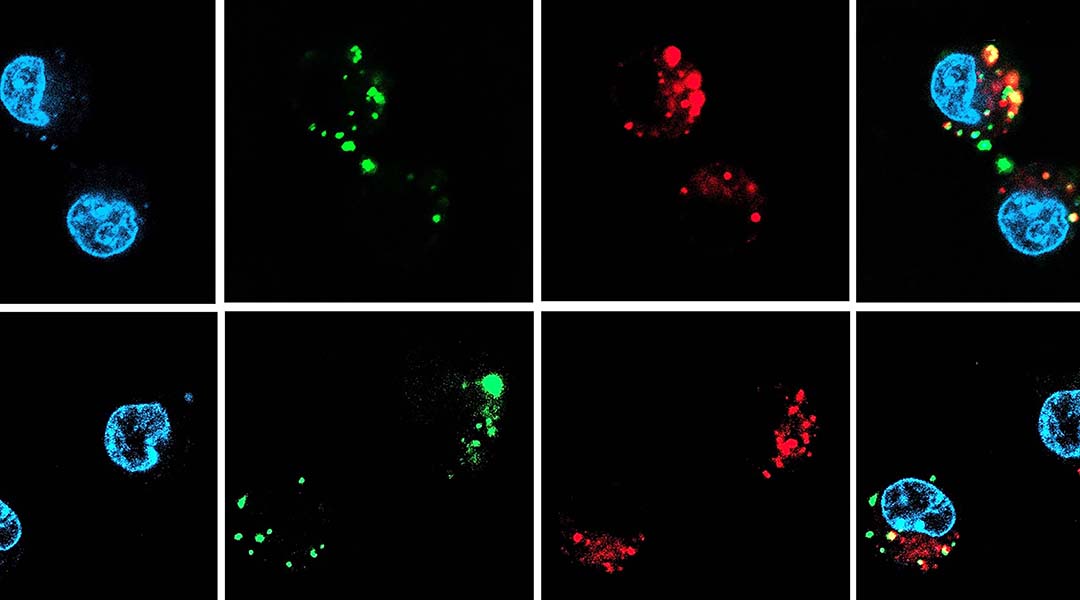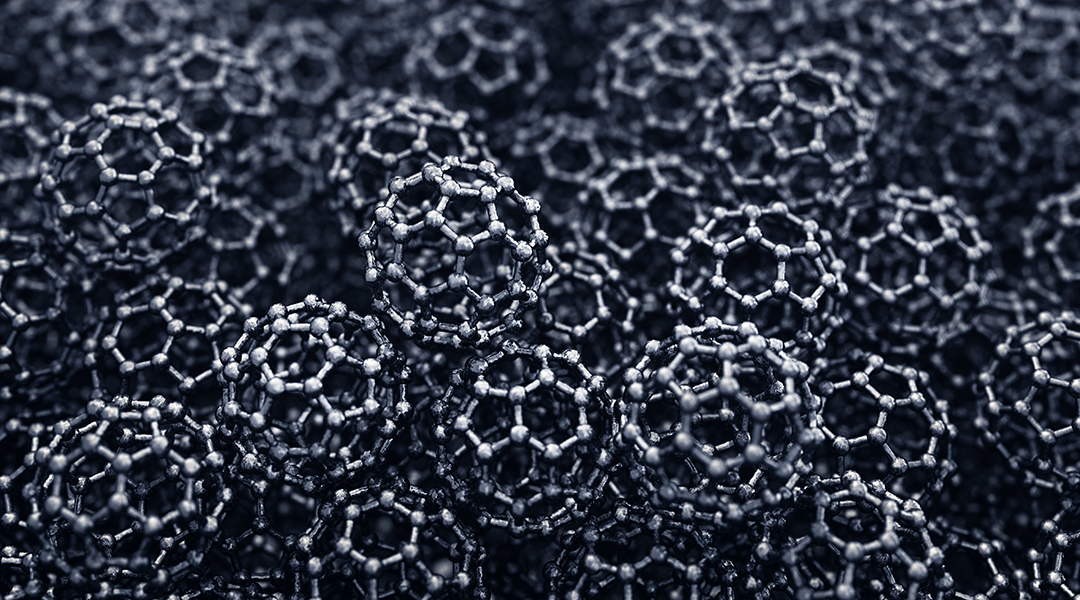Analyzing biomolecules found in the breath, scientists can detect early signs of deadly blood clots found in diseases like COVID-19, heart disease, sepsis, and more.


Analyzing biomolecules found in the breath, scientists can detect early signs of deadly blood clots found in diseases like COVID-19, heart disease, sepsis, and more.

We are now learning smaller mammals diversified at a similar rate to larger ones, leading paleontologists to speculate on this explosion in diversity.

There’s a fascinating link between the structure of bone and LK-99

Scientists are exploring how to store and transport ready-to-use bioink cartridges to treat injuries on the International Space Station.

Catalysts that mimic antioxidase enzymes show promise in treating inflammatory diseases, such as gum disease, lupus, or cancer.

An implantable hybrid device combines the benefits of two therapeutic approaches to help repair nerve damage.

Stem-cell laden nanostructures prevented cell death while promoting growth and differentiation to help repair the spine following injury.

Drugs based on nucleic acids are easily degradable and tough to deliver, but a way around this is to coat them in protective carrier.

The genetic variant that causes Gaucher disease may have helped breakdown tuberculosis-causing bacteria in cells through lipid buildup.

Scientists are investigating how fullerene nanomaterials can be used as antivirals against different variants of SARS-CoV-2 and other viruses.